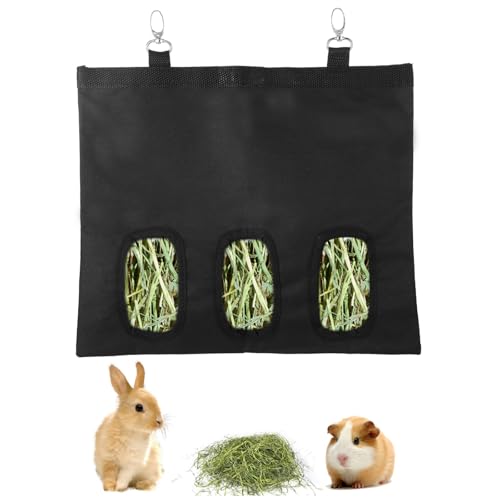Frosted Rabbits
Well-known member
I got this off a Chinchilla care site: I am thinking the same things that make wood toxic or safe for a Chinchilla would also apply to our rabbits. PLease note, in the toxic category, Yew is probably 'Taxus', a common landscape plant.
Safe woods:
•apple
•arbutus
•ash
•aspen
•bamboo
•blackberrry
•blackcurrant
•cholla
•cottonwood
•crabapple
•dogwood
•elm
•grapevine
•hawthorn
•hazelnut
•kiwi
•magnolia
•manzanita
•mulberry
•pear
•pecan
•pine - kiln-dried white
•poplar
•quince
•rose hip
•sycamore
•willow (but not white willow)
Toxic Woods
•almond
•apricot
•beech
•birch
•black locust
•black lotus
•blackwood
•box elder
•buckthorn
•cashew
•cedar
•cherry
•chesnut
•china berry Chinese snake tree chokeberry
•citrus woods - orange, lemon, grapefruit, etc.
•cypress
•ebony
•elderberry
•eucalyptus
•fir
•ginkgo
•hemlock
•holly
•honey locust
•hydrangea
•juniper
•kumquat
•laurel
•mahogany
•mango
•manufactured/glued woods like plywood or fiberboard
•maple
•mesquite
•myrtle
•nectarine
•oak
•oleander
•peach
•pine - fresh, pressure treated, red -- kiln dried is thought to be safe
•pinecones
•pistachio
•plum
•redwood
•sandalwood
•sequoia
•spruce
•teak
•walnut
•weeping fig
•white willow
•yew
Safe woods:
•apple
•arbutus
•ash
•aspen
•bamboo
•blackberrry
•blackcurrant
•cholla
•cottonwood
•crabapple
•dogwood
•elm
•grapevine
•hawthorn
•hazelnut
•kiwi
•magnolia
•manzanita
•mulberry
•pear
•pecan
•pine - kiln-dried white
•poplar
•quince
•rose hip
•sycamore
•willow (but not white willow)
Toxic Woods
•almond
•apricot
•beech
•birch
•black locust
•black lotus
•blackwood
•box elder
•buckthorn
•cashew
•cedar
•cherry
•chesnut
•china berry Chinese snake tree chokeberry
•citrus woods - orange, lemon, grapefruit, etc.
•cypress
•ebony
•elderberry
•eucalyptus
•fir
•ginkgo
•hemlock
•holly
•honey locust
•hydrangea
•juniper
•kumquat
•laurel
•mahogany
•mango
•manufactured/glued woods like plywood or fiberboard
•maple
•mesquite
•myrtle
•nectarine
•oak
•oleander
•peach
•pine - fresh, pressure treated, red -- kiln dried is thought to be safe
•pinecones
•pistachio
•plum
•redwood
•sandalwood
•sequoia
•spruce
•teak
•walnut
•weeping fig
•white willow
•yew






















